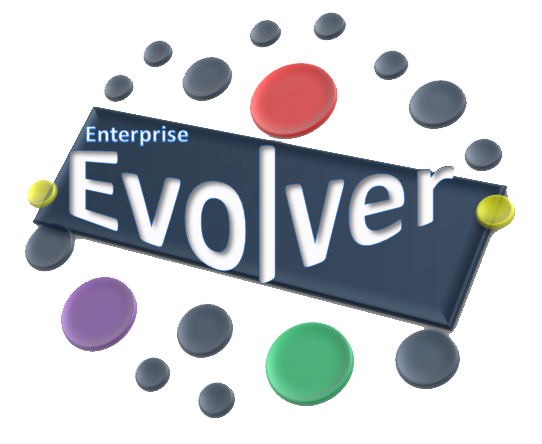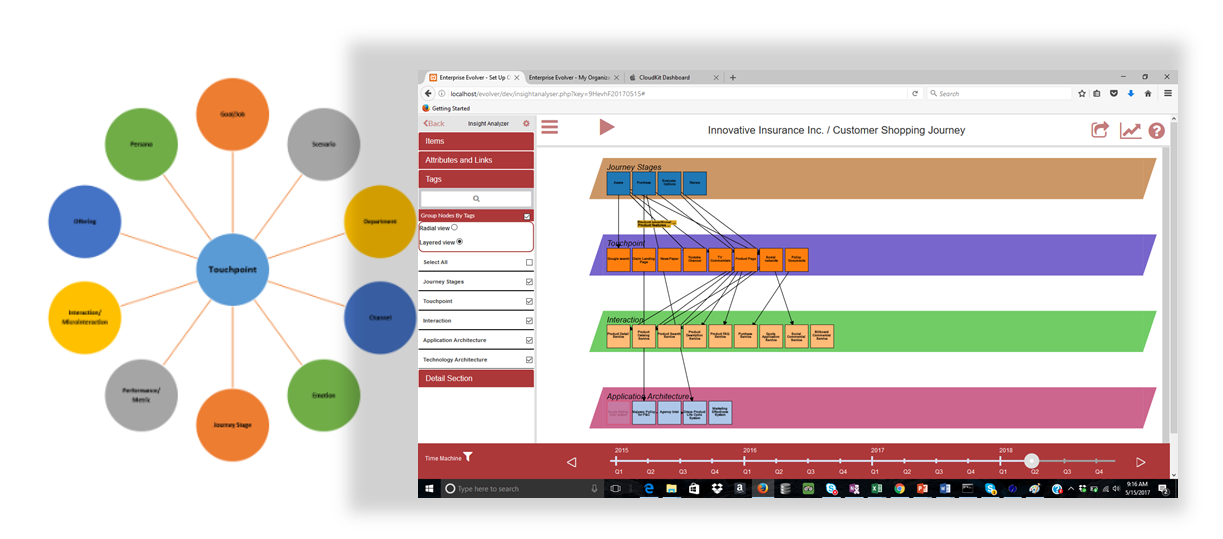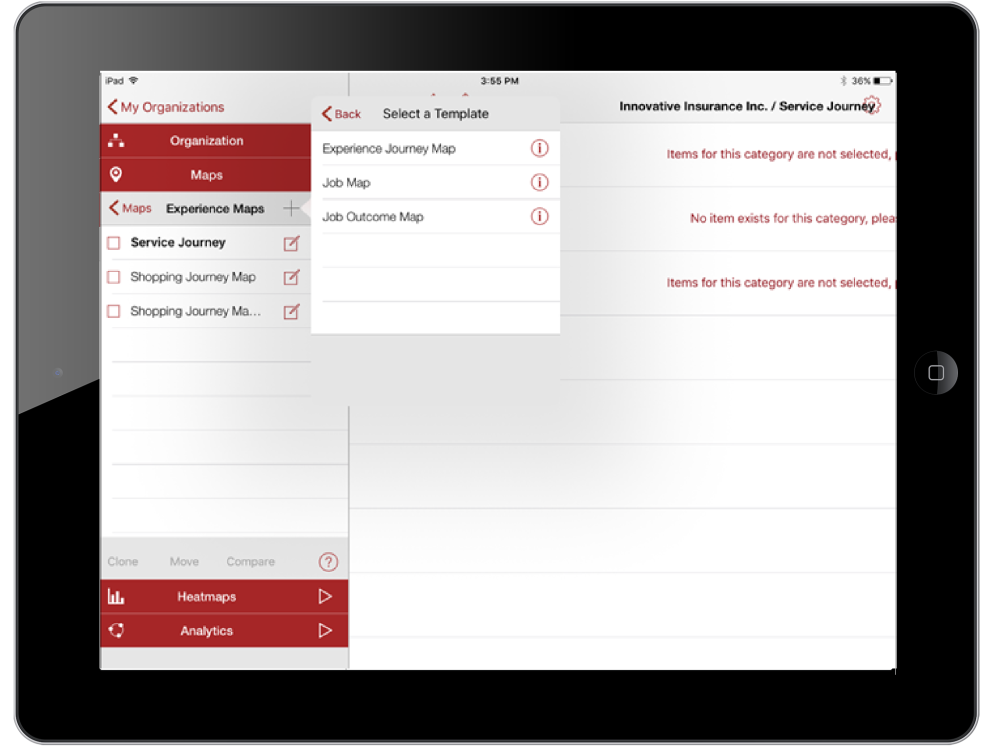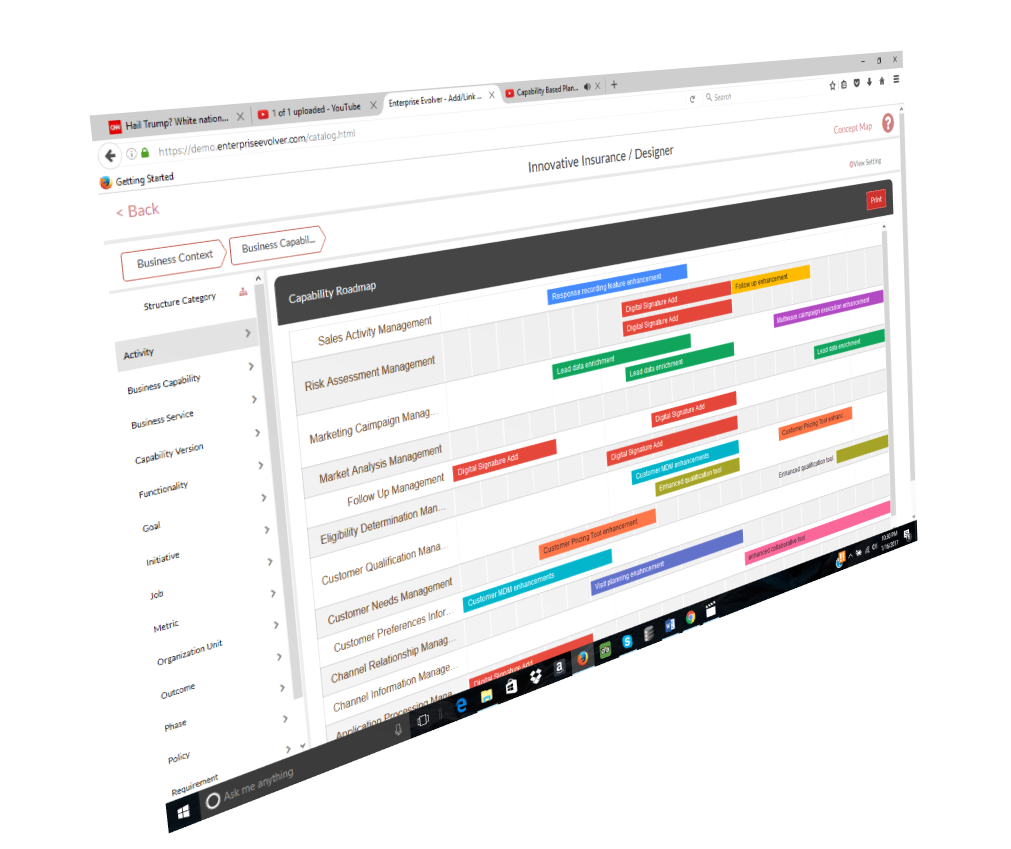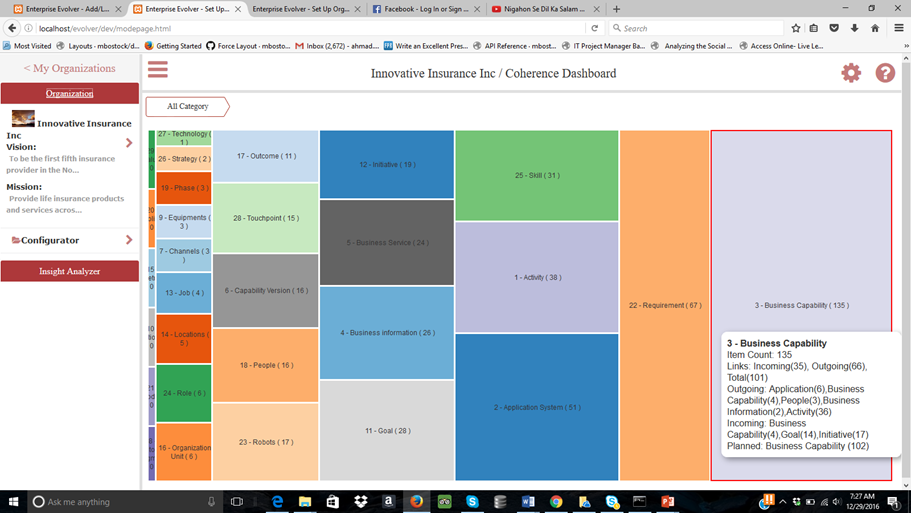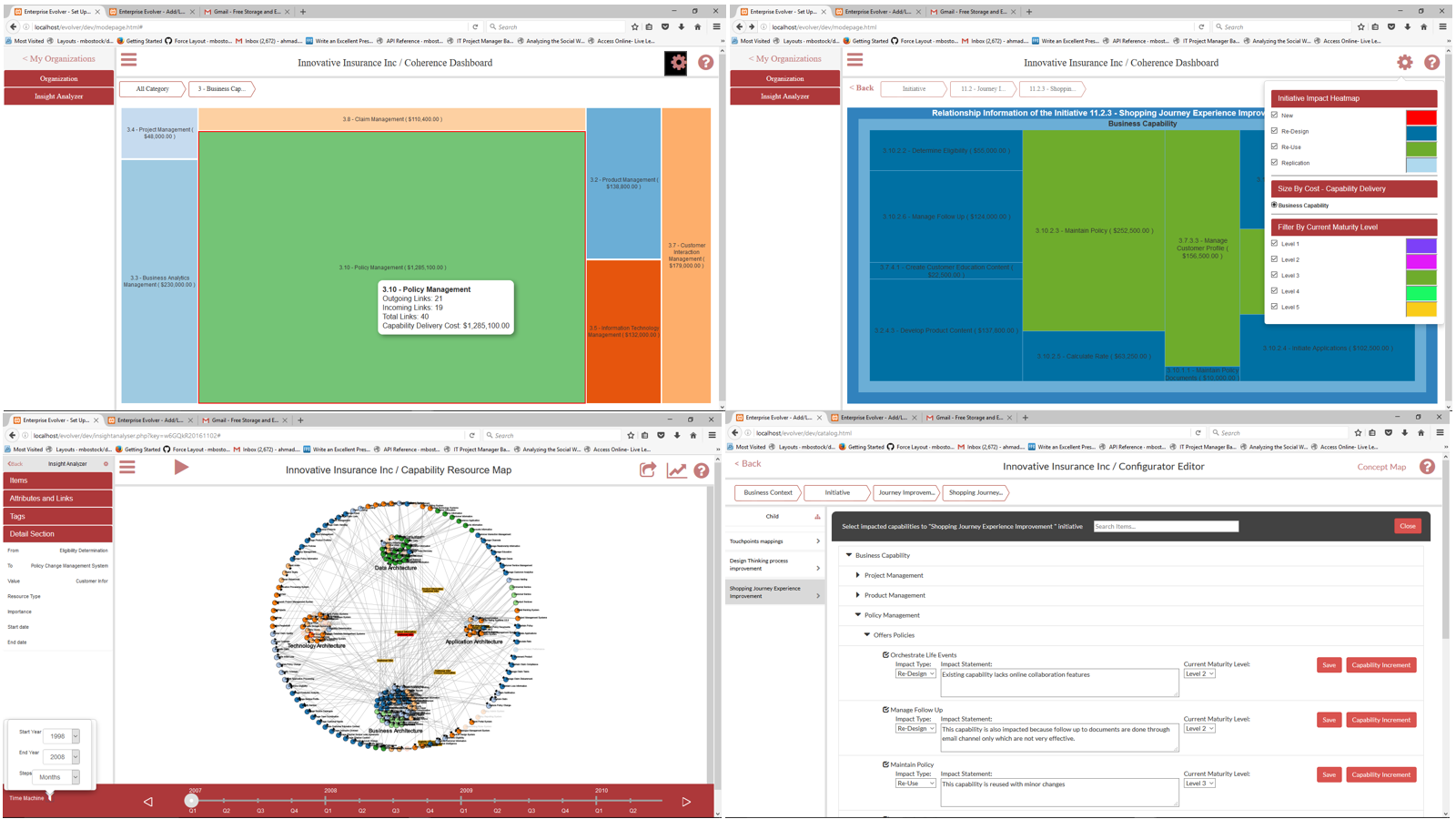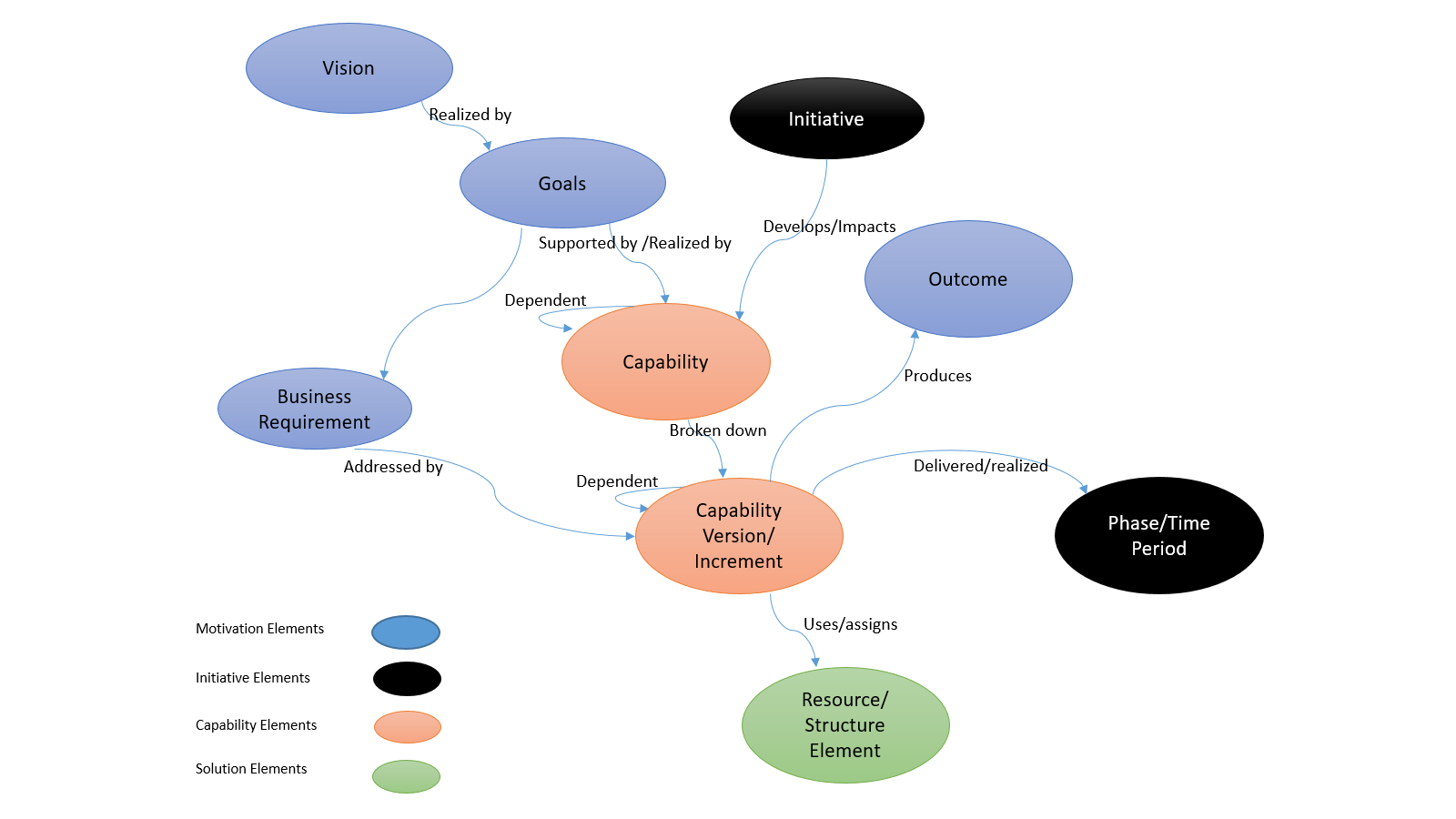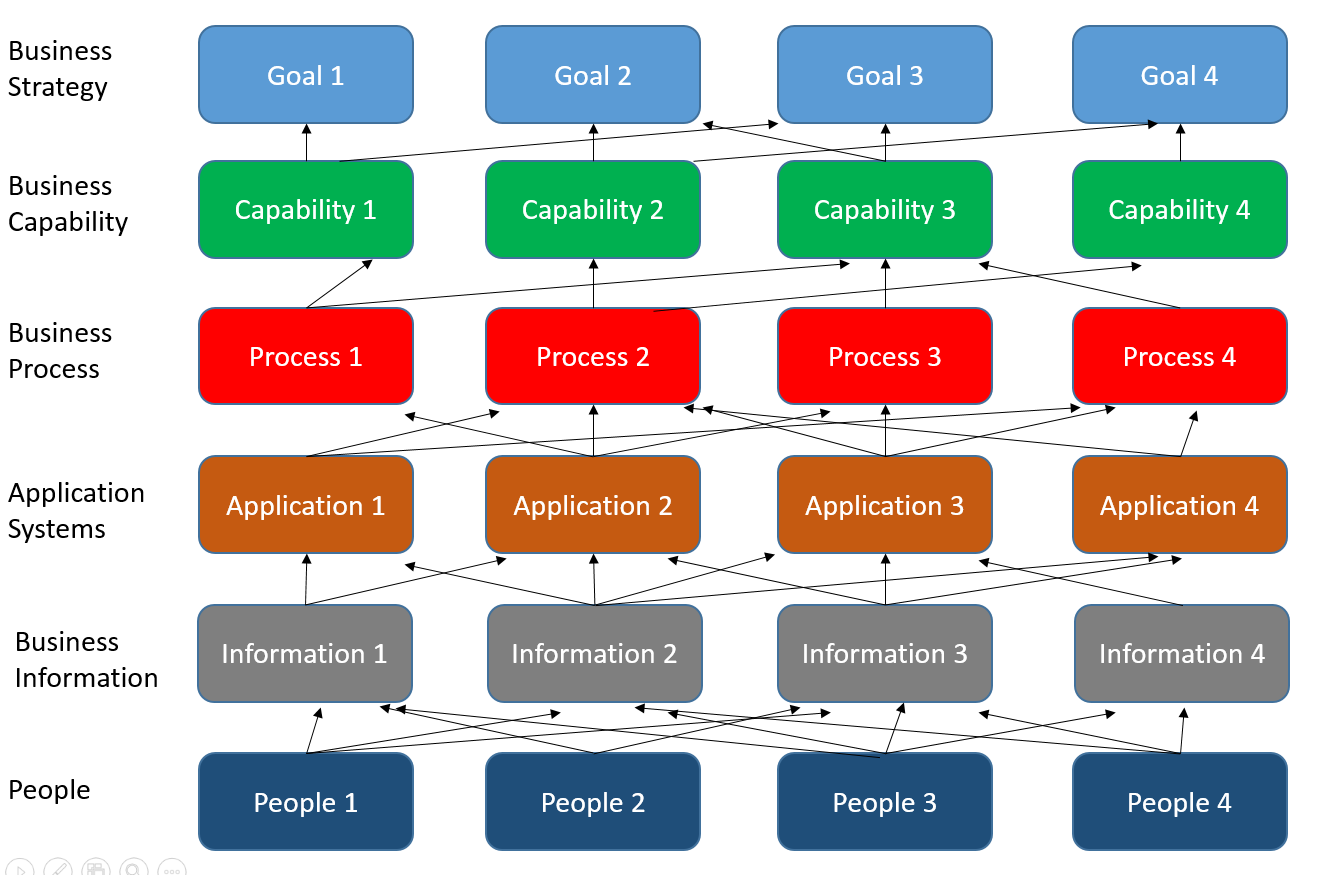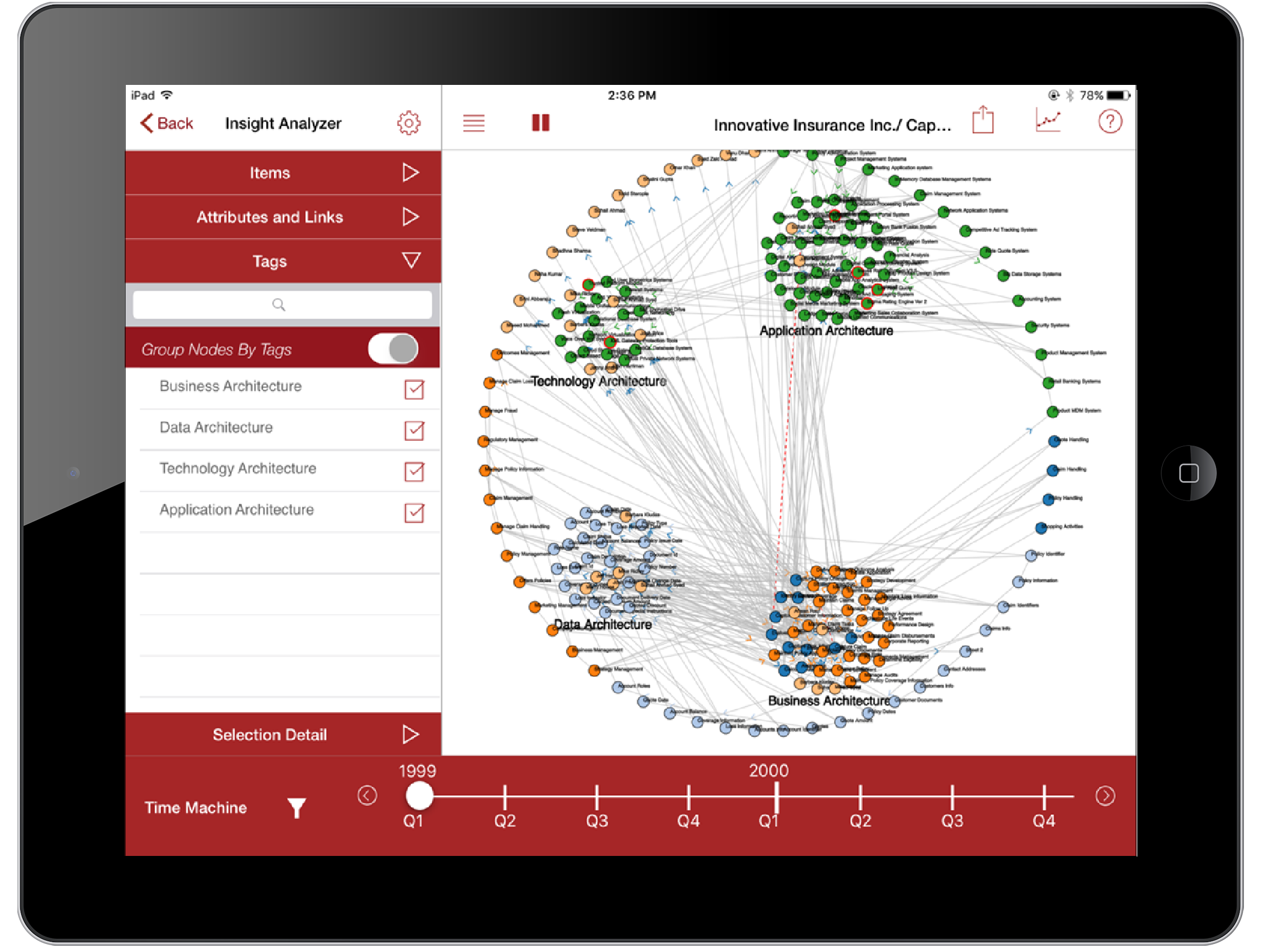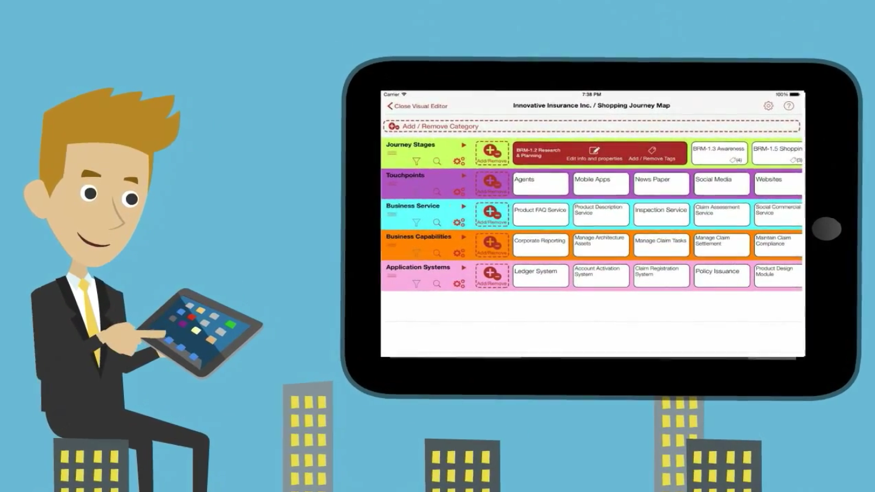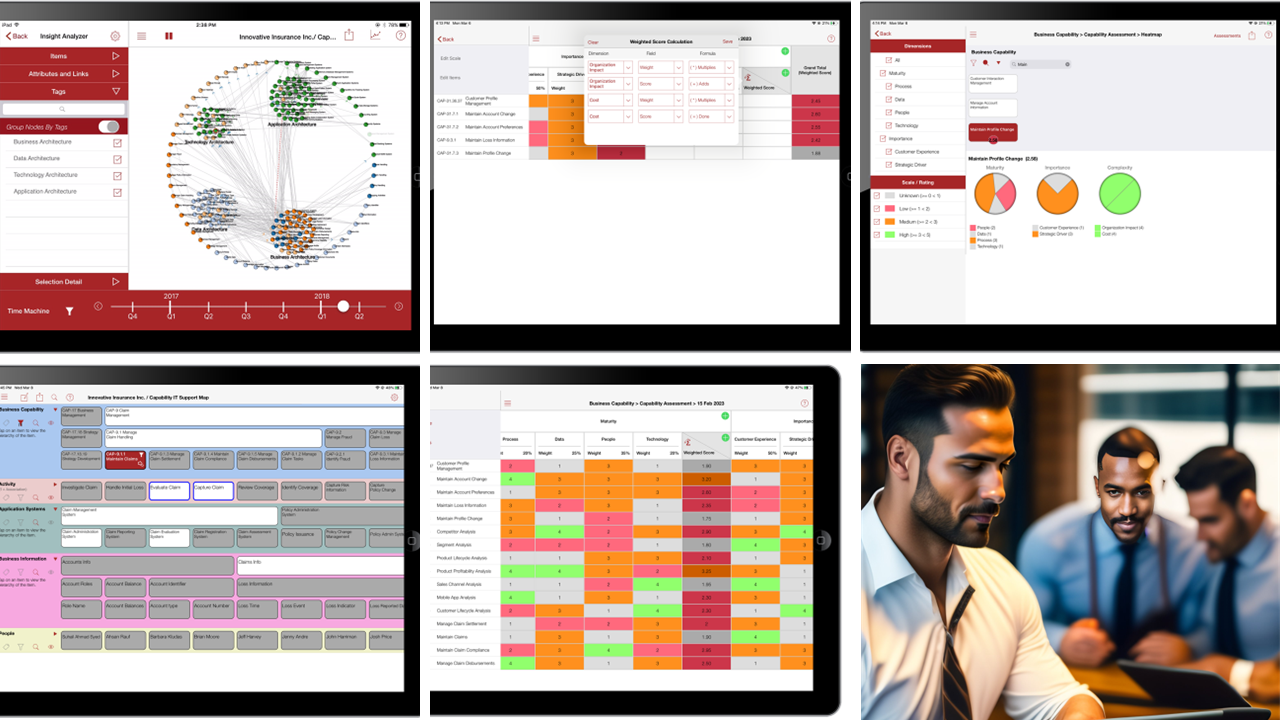How to create a customer journey map
Customer journey map (aka experience map) is a strategic planning tool that provides a common understanding of: how customers are interacting with various touchpoints to reach their goals, what is their whole experience and what business parts (e.g. journey stages, customer goals & outcomes, needs, services, touchpoints, systems, business processes, people) go into making up […]
Continue Reading »